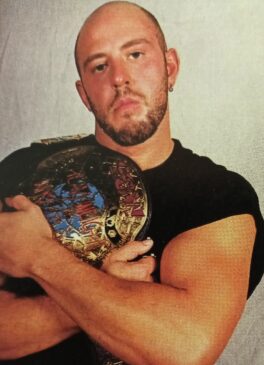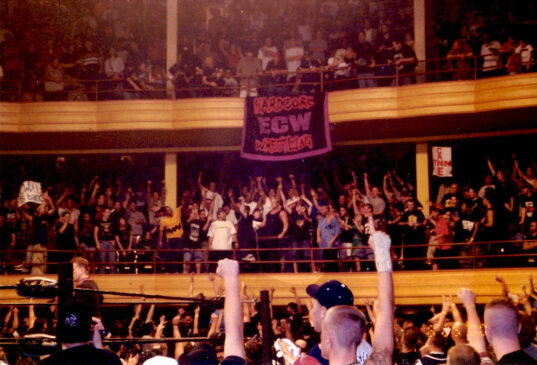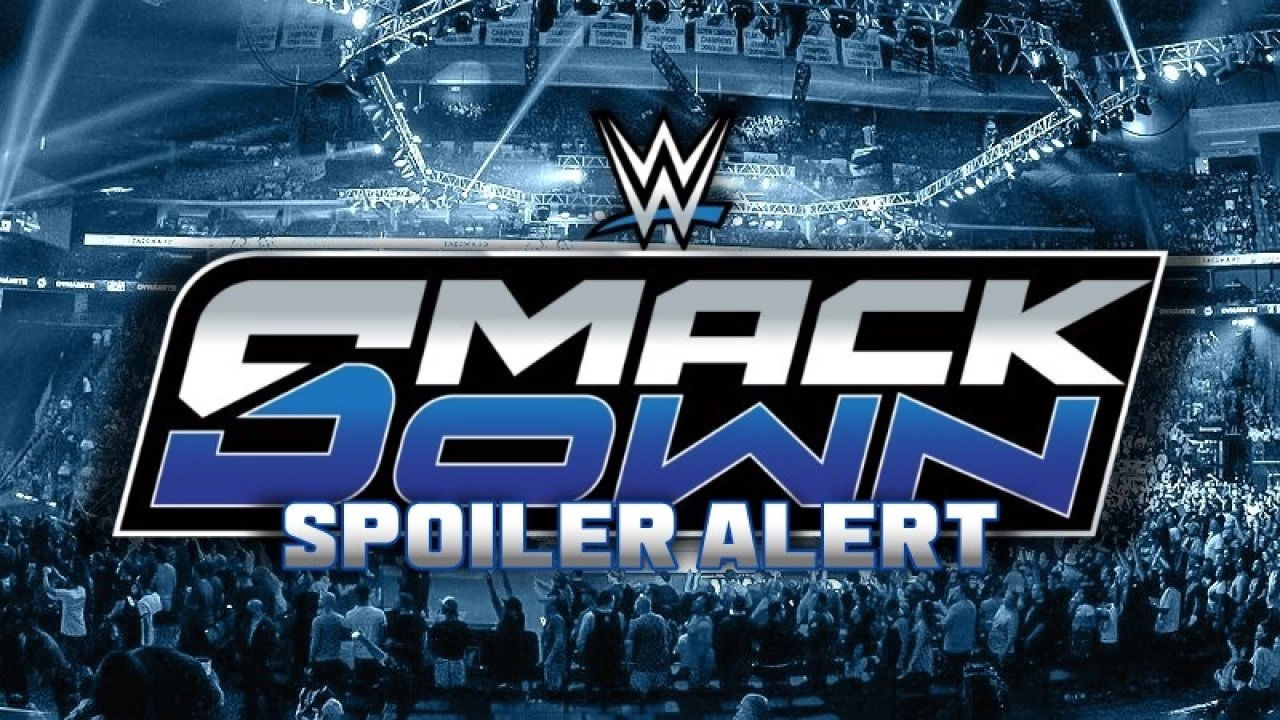The Rise of Justin Credible

The Land of Extreme
As the new millennium dawned, professional wrestling fans were spoilt. Three major promotions were broadcasting weekly television shows and marquee pay-per-view events. WWF and WCW, as well as Paul Heyman’s Extreme Championship Wrestling were, excuse the pun, extremely popular.
“Everybody recognised what a special place and time this was in the business,” PJ Polaco AKA Justin Credible, former ECW world heavyweight champion, told Wrestling Headlines.
“We would draw, in some markets, 2500-3000 fans a night.”
“We were all making decent money,” he continued. “None of us were getting rich, but I remember making $3000 a week wrestling on a Friday and Saturday, controlling my situation and character, and I’m very happy being a productive member of the wrestling business, at that time.”
“I was really, really happy and enjoying the process.”
With Heyman at the helm, he empowered ECW’s talented locker room to perform at their utmost and wasn’t afraid to give them full creative licence to be exactly who they wanted to be.
“Paul gets a lot of credit for being a booking genius, and he is, trust me. He’s an idea man,” Credible explained. “But the best thing that Paul did, not just for me, but for many others, was he instilled confidence in us.”
“We were all a bit damaged from being in other promotions and maybe getting lied to or misled. Here, he was a great cheerleader saying: ‘Look, I believe in you. In my heart, I feel you can do this, so go out there and do it’. He gave us an open door to experiment and be the best you could be.”
“Everybody wanted to go out there and have the best match, which was beautiful. We weren’t fighting with each other. Let’s go and do the best we can for ECW. If ECW wins – we all win.”
Credible echoed that which Scotty Riggs told me many years ago, of how it was an “unselfish” dressing room. It was thriving and the frenzied fan base lapped it up. ECW wasn’t built around any superstars, the brand itself was the superstar.
And the New!
In the spring of 2000, Credible, who had worked in the WWF for several years in the mid-’90s, was about to be rewarded with a run as the ECW world champion, in a manner atypical to how most pro wrestlers find out they’re about to be anointed with the company’s crown.
“We were at the ECW Arena, just a normal night,” the former ECW tag-team champion begun, “and I remember I didn’t have anything to do on the show.”
Heyman had mentioned the possibility of Credible conducting an interview/promo, but certainly not a match of any kind. In the main-event, fan-favourite Tommy Dreamer had finally captured the world title following a win over Taz (who was signed to WWF). Moments later, Credible had been instructed to crash the celebrations by challenging Dreamer to a match and ending Dreamer’s title reign in mere moments.
“Less than a few minutes after (Dreamer) becoming ECW world champion, here I come,” Credible recollected. “Tommy accepts the challenge, the bell rings real quick, I hit him with my finish… 1…2…3, and therefore unexpectedly, even to myself because I had no idea that I was walking out that night with the title.”
The move was booked to garner nuclear heat for Justin and sympathy for Tommy. It succeeded in both. That year Credible was humbled to see his performances rewarded with a top six spot in the annual Pro Wrestling Illustrated 500.
“It was 2000, the Attitude Era’s still going on and WCW’s still around. ECW was the third company and here I am with all these great performers and I’m No.6. It just meant to me that I was working as hard as I could. I was so proud of that.”
Representing the ECW brand as its champion, Credible defended his belt at the Hardcore Heaven and Heatwave pay-per-views that summer, feeling no pressure, such was the confidence instilled in him by Heyman.
“I felt very at home in ECW, and for once, I had the perfect partner to work with in Paul Heyman,” he said. “Paul just let me go out there and he knew my strengths, he knew my weaknesses.”
“When you know someone like a booker or a promoter that’s willing to work with you – and you know they have your best interests because it’s in the company’s best interests – (you realise) how free you are and how you can make experimental choices and hit a home run with this.”
The Final Chapter
He dropped the strap to Jerry Lynn in the autumn and continued to work the main-event scene with the likes of Steve Corino, Sandman and Lynn until the promotion began to suffer financial mismanagement behind the scenes.
“The last two television tapings we did were at the Hammerstein Ballroom in New York City and both were sellouts of over 3500. The interest was there.”
As 2001 dawned, the company ran its final pay-per-view in January and no more major shows. By April, with no lucrative TV deal on the table, it had folded.
“I really didn’t think the company was in trouble until there were no more shows booked. It was really that simple. I remember there was a show right before Christmas at the Hammerstein Ballroom on pay-per-view (Massacre on 34th Street) and we sold out. Plus whatever we did on PPV.”
“The last pay-per-view ECW ever did was in January 2001, same thing, sold out.”
With the company having reneged on PJ’s contract, he was able to move on and called the WWF’s Jim Ross. He returned to the federation in February and discovered an unexpected ally was there as well.
“Guess who was there without even announcing ECW was dead?” Credible said rhetorically. “Paul Heyman! I thought I’m screwing Paul and guess who’s commentating on my debut (laughs). The same guy I was trying to stay faithful to.”
Despite ECW’s involvement in the WWF’s invasion angle, and its 2005 resurrection under WWE’s umbrella, the original and best version was over. It provided not only fond memories for the fans, like myself, but for those who worked and made the brand a cult movement within professional wrestling. One that is remembered with affection to this very day.
“What ECW provided was what the other ones didn’t, what WWE did not and what WCW did not,” Credible recalled. “It was this beautiful underground movement.”





